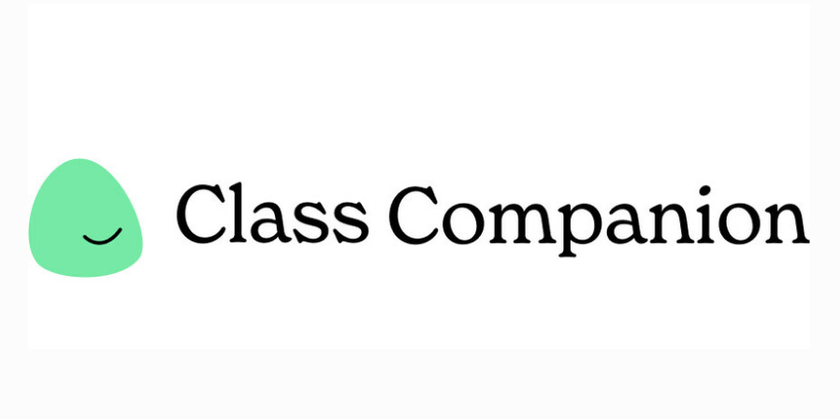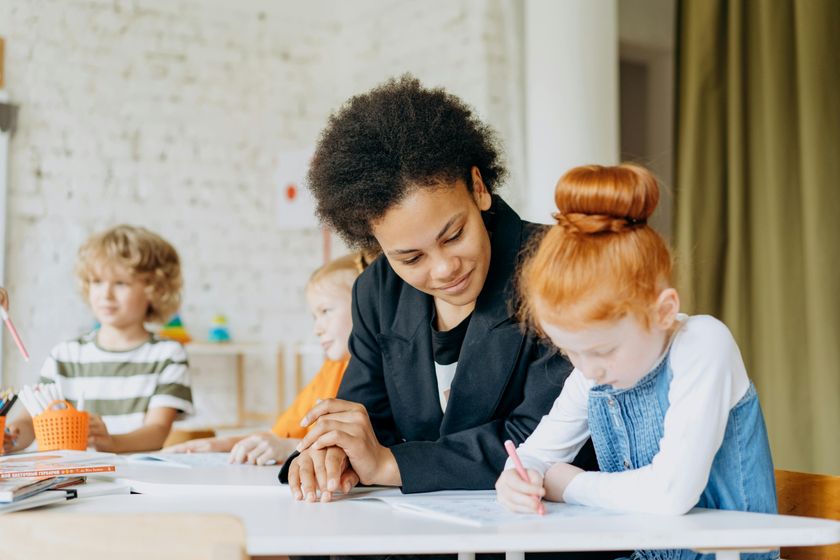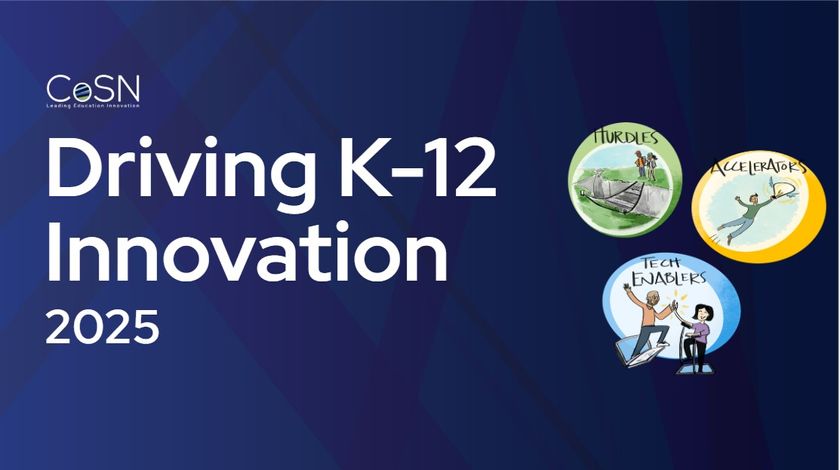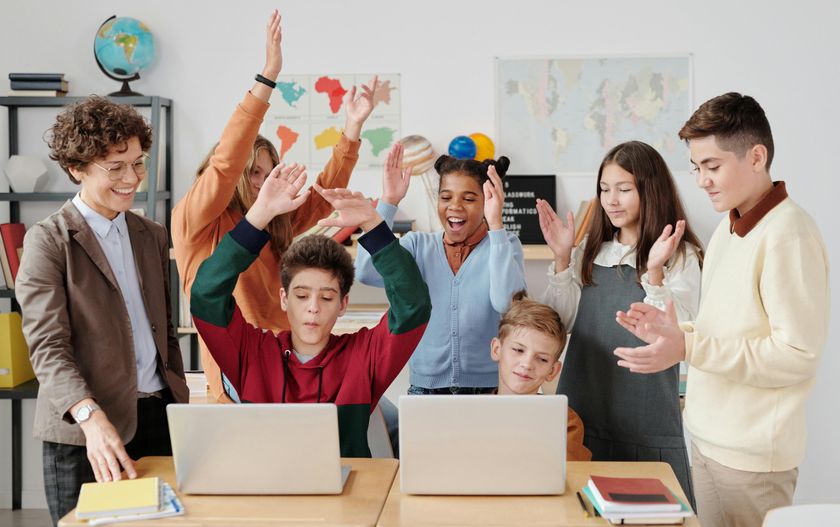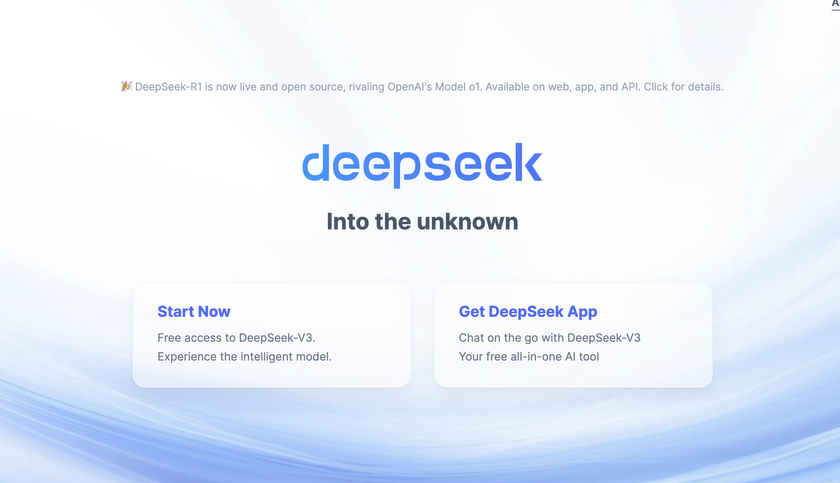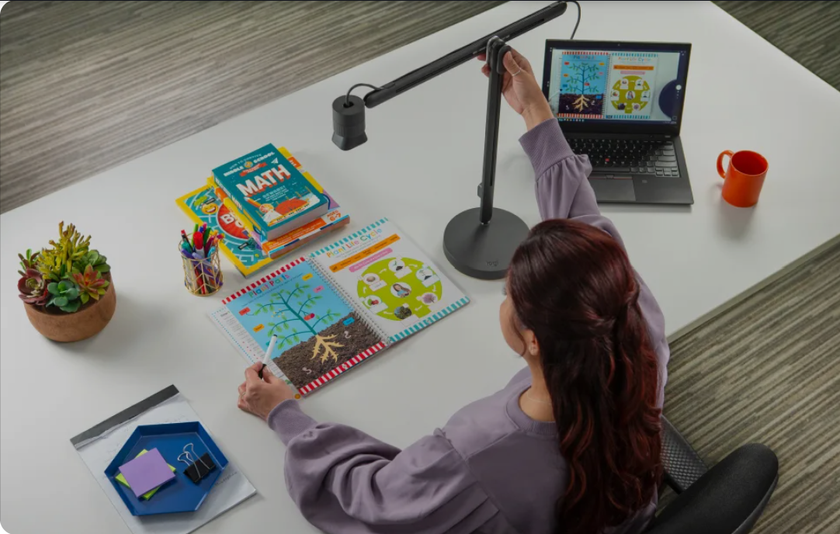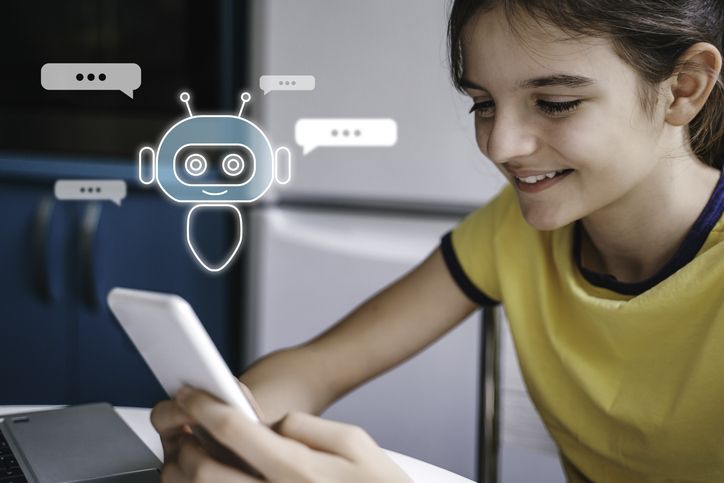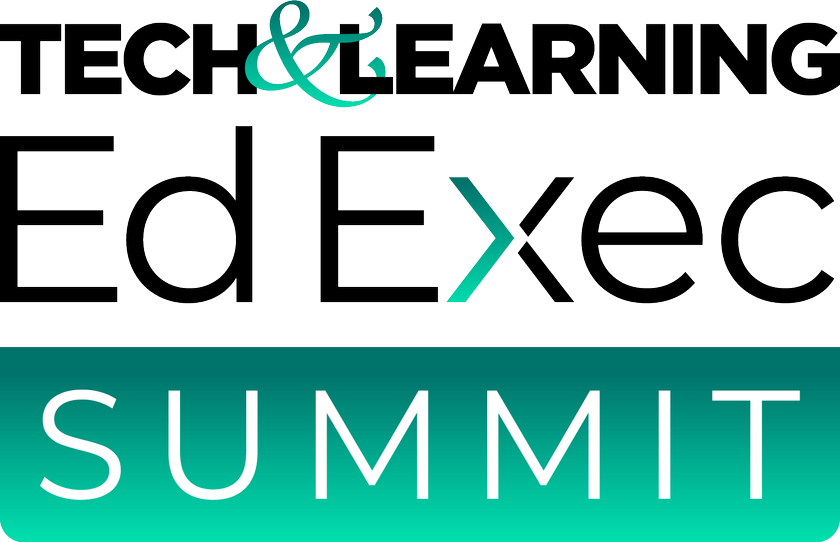Telling Tales with Technology
The late Dana Atchley was a performer, an artist, and a storyteller. In conjunction with producer/friend Joe Lambert, he created powerful performance pieces that combined his voice and his insights with old photos, film footage, and anecdotes from his childhood. The result was a multimedia autobiography that was personal and compelling.
Inspired by audience response to this work and intrigued by the growing power and ease of digital authoring technology, Atchley and Lambert set out to help others take their own personal stories and turn them into "media mementos." And so the San Francisco Digital Media Center — now the Center for Digital Storytelling (CDS) — was born.
Today, CDS conducts workshops at their site in Northern California and around the country. Participants have varied reasons to attend. People come with a desire to tell personal stories about their grandparents, remember their childhood home, or pay tribute to a loved one. CDS associate Amy Hill helps victims of violence tell digital stories that assist with their recovery process. Furthermore, a growing number of corporations and nonprofits send employees to acquire tools that will help them tell their organization's "story" to the world.
And then there are the educators. According to CDS co-director Emily Paulos, a majority of participants in the center's three-day workshops are affiliated with education. During the workshops, their focus is on creating stories about their own lives, but what draws many of them to this work is a desire to use their newfound skills and understanding to energize their classrooms and inspire their students.
Sara Armstrong, an educator and consultant who speaks about digital storytelling at K-12 events internationally, feels that this approach provides a powerful way for students to personalize their learning. "Whether they're talking about their own experiences or something they have learned about in history," she says, "Digital storytelling teaches them to ask important questions like 'Why am I telling this story? What is the main point I want to make? Where am I in this story-how do I relate to it?'"
KOCE TV's Hall Davidson, who has for many years helped educators discover the power of video and multimedia authoring in the classroom, sees digital storytelling as one of several great ways for students to express themselves through media. "It's different from a video report where the objective is to convey information," he explains. "Stories definitely can teach, but they are also designed to be engaging, to pull at your heart as well as your head, and to help viewers draw conclusions about their own lives or actions."
Stories from Scott County
Tech & Learning Newsletter
Tools and ideas to transform education. Sign up below.
Leslie Flanders, director of technology for the Scott County Schools in Georgetown, Kentucky, was first introduced to digital stories by Dana Atchley at "Camp Apple" in 1999. She was intrigued by this form of storytelling as a way to spark new interest in the writing portfolios the state required students in grades four, eight, and 12 to complete.
"I had seen teachers and students alike get 'bogged down' with the required writing pieces. Some had even begun to dread writing as a result," Flanders explains. "I felt that if they knew that they could turn those writing pieces — particularly the personal narrative that is part of the portfolio — into digital stories, their feelings about writing might change."
Flanders and fellow educator Jeanne Biddle began working with teachers in the three accountability grades, offering them the opportunity to experience digital storytelling for themselves. According to Biddle, who today serves as the district's digital storytelling coordinator, "Far too often, teachers find themselves teaching writing when they've never had the experience of being writers themselves." After creating their own digital stories, the teachers understood what was involved in planning, revising, storyboarding, and editing, and they were excited about the ways this new approach could motivate and benefit students.
Their optimism seems to have been warranted. "The pride we have seen demonstrated by these students once their stories have been shared and published is really phenomenal," says Flanders. "Knowing that their writing will not only exist on paper for the teacher's eyes, but may ultimately result in a digital story for the world to see can be very motivational."
This is particularly true, she says, for students who previously lacked self-confidence. "A special needs student who had never completed a piece of school work before completed a digital story. Another, who had always been quiet due to a speech difficulty, spoke right up in his story and was praised by the other students in the school."
Digital storytelling is now a common activity at all grade levels in the Scott County Schools. One high school teacher had her seniors create projects related to a study of heroes in literature. The students picked their own heroes from real life and created digital stories about them. They learned to write tightly-to create a script no longer than one double — spaced page — and to focus in on one event or situation to illustrate their point. They then set to work recording sound tracks, digitizing images, and editing their tales into short films.
The results, says Biddle, were moving stories about friendship, family, and love. The teacher invited parents to a showing of their daughters' and sons' work — an opportunity that many parents realized they had not had since elementary school. Although the students were not required to show their stories publicly, most of them welcomed the chance with pride. There were few dry eyes by the time the night ended, and parents came away impressed with both the technical prowess and emotional honesty of the work they had witnessed.
As might be expected, not every teacher in Scott County has embraced digital storytelling. Some have been reluctant to use the technology or concerned about how multimedia authoring fits into their established teaching routines. Others have modified the approach so that it will work better within the structure of their classroom. For example, as part of a primary-grade project, one teacher had her students agree on their five favorite holidays, then work collaboratively to write a whole-class script and turn it into a digital story.
The community is getting into the act as well. The Scott County Digital Storytelling Center, a collaboration between the public library and the school district, is open one evening a week for anybody who wants to learn how to create their own digital stories. Each May, Scott County holds a Digital Storytelling Festival where teachers, students, and community members come together to share their stories. Flanders reports that this year they are hoping to use one of the local movie theaters, complete with tickets and popcorn.
Variations on the Theme
As it gains popularity in classrooms around the country, digital storytelling takes on local flavor and evolves in new directions. Here are just a few more examples of digital storytelling in K-12 schools.
Streetside Stories: This grant-funded project, a collaboration between CDS and a group of educators who have been doing autobiographical writing with some of San Francisco's lowest-income middle school students for 13 years, has approximately 300 students creating digital stories about a time each of their lives changed. Says program director Britt Bravo, "Over and over, teachers with whom Streetside has worked [on text-based autobiographies] have commented on the increased connection created between students by bringing autobiographical storytelling to the classroom." She is confident that adding multimedia elements, including students' own voices, photos, and original drawings, will lead to even more powerful "innerbiographies."
Downers Grove: In the past two years, teams of teachers from Community High School District 99 in Downers Grove, Illinois have attended workshops at CDS and used what they learned to pilot a digital storytelling program with their students. Instructional technology coordinator David Jakes points out that the experience is less about the technology than about learning to write. "Kids write, rewrite, and rewrite some more before they even sit at a computer." At the same time, he adds, "The technology truly adds value to the experience and extends the writing to a place it could not go without the inclusion of the different media elements." He finds that beginning with personal narratives is the ideal way to motivate students and get them focusing on universal themes, such as loss or accomplishment. From there, however, there are "no rules" about how the storytelling skills are used in the district. Health students create public service announcements on addiction, English classes create visual poetry, and history students interview their parents about their own high school years.
Island Movie: In Hawaiian schools, the term "digital storytelling" is used loosely to refer to a wide range of creative projects of the sort that qualify for the state's annual Island Movie Contest. According to Donna Min Shiroma of the Hawaii Department of Education, the contest "is designed for students to demonstrate their creative writing, collaborative teamwork, and digital movie-making skills." Island Movie focuses on cultural, personal, educational, and fictional stories, placing a strong emphasis on mastery of national and state academic standards as well as the ISTE technology standards and NETS. Says Shiroma, "We feel that the videos are going past tests to truly show what students know, care about, and are able to do."
Itza Wrap: In her DigiTales workshops, Bernajean Porter introduces adults to a variety of different types of digital stories, one of which she refers to as "Itza Wrap." Focusing on personal work experiences and accomplishments, these stories allow teachers to reflect on their own classrooms. Porter is currently helping teachers from Missouri's high-tech eMints program create Itza Wrap stories about the impact the program has had on individual students they teach. In the process, they are "shining a flashlight on the human story behind the data," says Porter, as well as learning skills that will help them model digital storytelling for their students. "It is an honor to watch paper-trained people unfold the power of their own multimedia stories," she concludes. "It has great implications for learning as well as putting the spirit back into our classrooms."
What is Digital Storytelling?
The term "digital storytelling" is used by educators in many different ways. Bernajean Porter, whose DigiTales camps draw from and build upon the CDS workshops, summarizes the approach as follows: "Digital storytelling takes the ancient art of oral storytelling and engages a palette of technical tools to weave personal tales using images, graphics, music, and sound mixed together with the author's own story voice."
In this light, good digital stories:
Are personal:
The creator of the digital presentation is in the story in a key way — as the narrator and sometimes also as the protagonist. While many digital storytelling projects feature third parties, the narrator is encouraged to personalize the tale, making it clear how the people or events in the story impacted his or her life.
Begin with the story/script:
In workshops by CDS, DigiTales, and others, participants are expected to narrow in on their story, writing and even recording their script before they ever begin digitizing images, importing sound effects, or using video editing tools. Jason Ohler, in an introduction to his soon-to-be-released book, Telling Your Story, points out that having students "create and tell stories before they [get] to use all the empowering and distracting technology at their disposal" is an important way to avoid "enabling the technophile at the expense of the story teller in...students."
Are concise:
Typically, a digital story will run from two to five minutes in length. This means tight editing and a very specific focus. In Scott County, Kentucky, Leslie Flanders and Jeanne Biddle explain to students that the goal is to narrow the story down to a single "nugget" — one central idea or message.
Use readily-available source materials:
Although camcorders might be used in the creation of a digital story, they are not essential. In fact, some consider them a distraction from the end product. Instead, many digital stories rely heavily on photographs, hand-drawn illustrations, and other scanned-in images, along with transition effects, to accompany the recorded narrative. The staff at CDS refer to the medium they teach as being like "PowerPoint on steroids." They have embraced this approach because it "puts the participant in the editing chair, with a minimal amount of preparation."
Include universal story elements:
Although proponents of digital storytelling describe and label these terms in a number of different ways, good stories — digital or not — include essential elements such as conflict, transformation, and closure. Furthermore, they are told in a way that allows the audience to, as Ohler puts it, "identify with them, remember them, and be changed by them."
Involve collaboration:
"Story circles," in which participants give and receive feedback on their stories and scripts, are an important part of many digital storytelling workshops. As Joe Lambert puts it, "Storytelling is meant to be a collaborative art. It is much more realistic this way, and much more fun."
RESOURCES FOR LEARNING MORE
Center for Digital Storytelling
www.storycenter.org
At the CDS Web site, you can read interviews, download articles about digital storytelling, see sample stories, and order Joe Lambert's book, Digital Storytelling: Capturing Lives, Creating Community.
DigitalStories.org
www.digitalstories.org
Guy Ballard of the Niles Township High School District in Illinois is in the process of launching this new site to host digital stories submitted around four themes: educational, community, personal, and fictional.
Digital Storytelling in the Scott County Schools
www.scott.k12.ky.us/technology/digitalstorytelling/ds.html
The district Web site offers wonderful examples of digital stories by students, teachers, and community members, as well as tips, tools, resources, and FAQs on creating digital stories.
DigiTales
www.digitales.us
Check out Bernajean Porter's site for ideas, resources, and storytelling examples. You can also order her new book, DigiTales: the Art of Telling Digital Stories.
JasonOhler.com
www.jasonohler.com
Visit Jason Ohler's site for information on his upcoming book and links to other digital storytelling resources.
Sara Armstrong Consulting
www.sgaconsulting.org
Sara Armstrong's site offers links to resources related to a number of education technology topics, including digital storytelling.
Tech Head Stories
tech-head.com/dstory.htm
Storyteller and educator Hilary McLellan has compiled an extensive list of stories, sites, projects, and publications related to digital storytelling.
Techszewski
techszewski.blogs.com
Teacher and researcher Tom Banaszewski's blog is a great place to read about — and see examples of — his experiences with digital storytelling over the years. He also includes links to other valuable resources in the field.
Judy Salpeter, former editor in chief of T&L, now serves as a consultant, freelance editor, and program chair for Technology & Learning Events.


